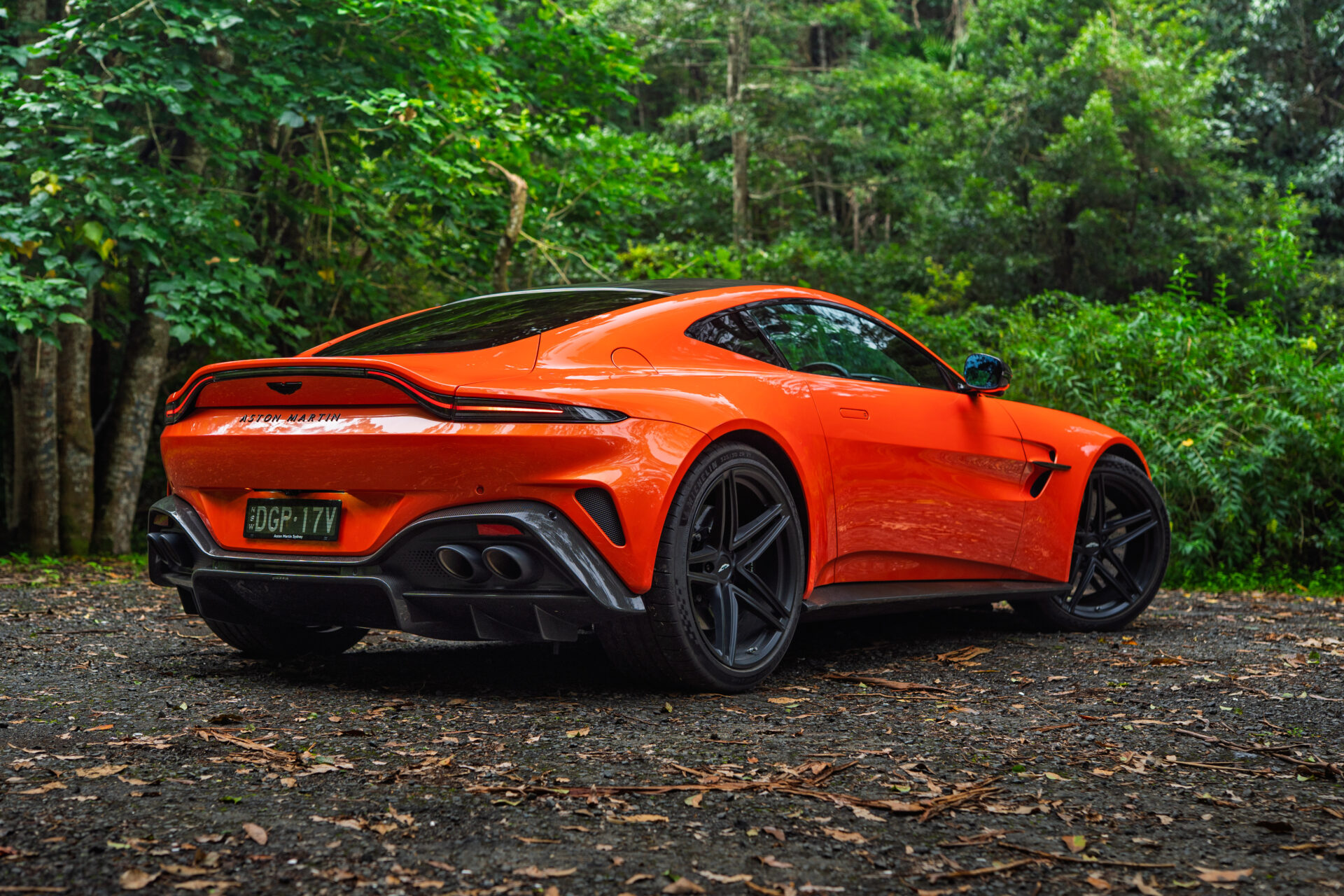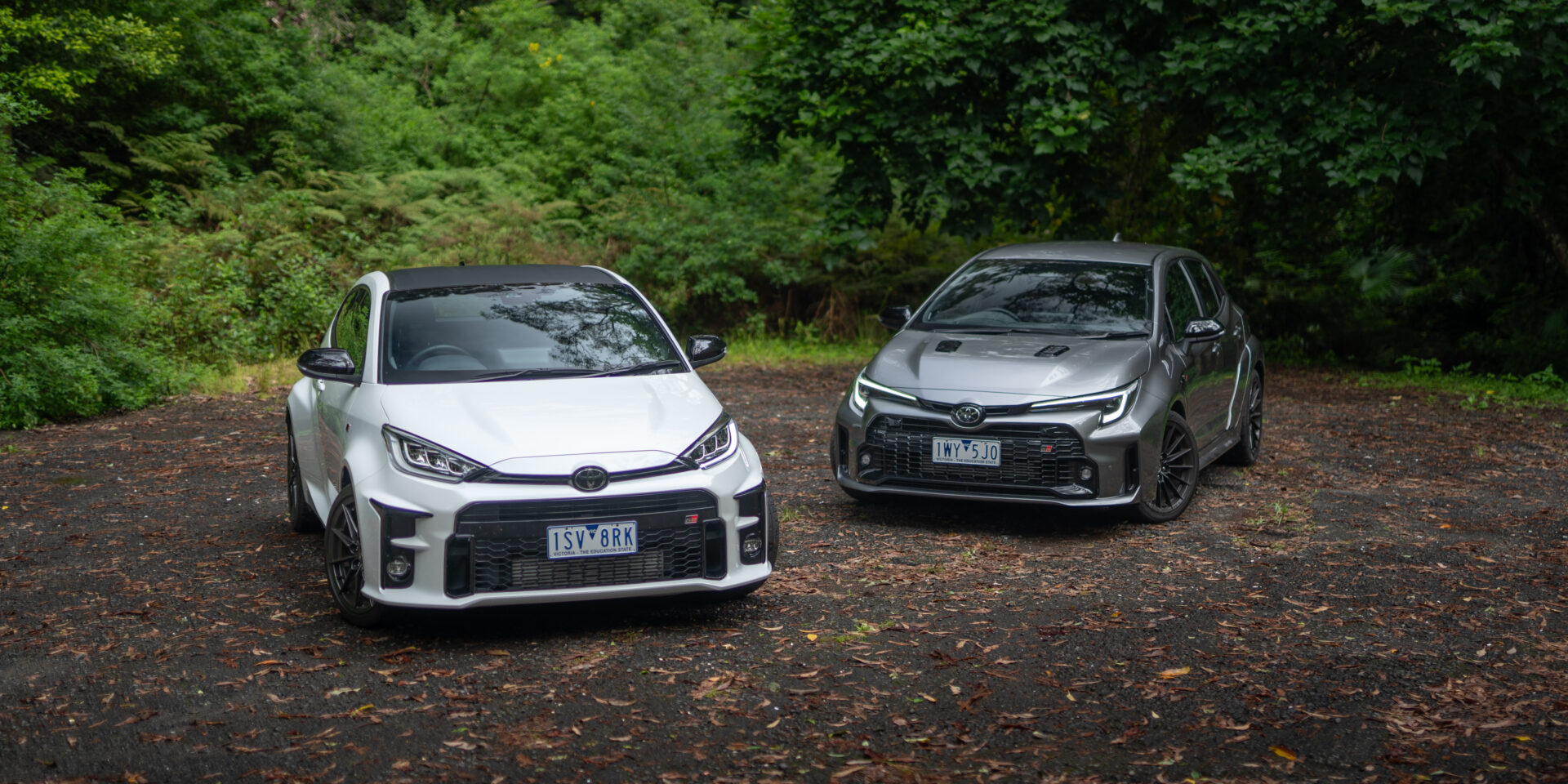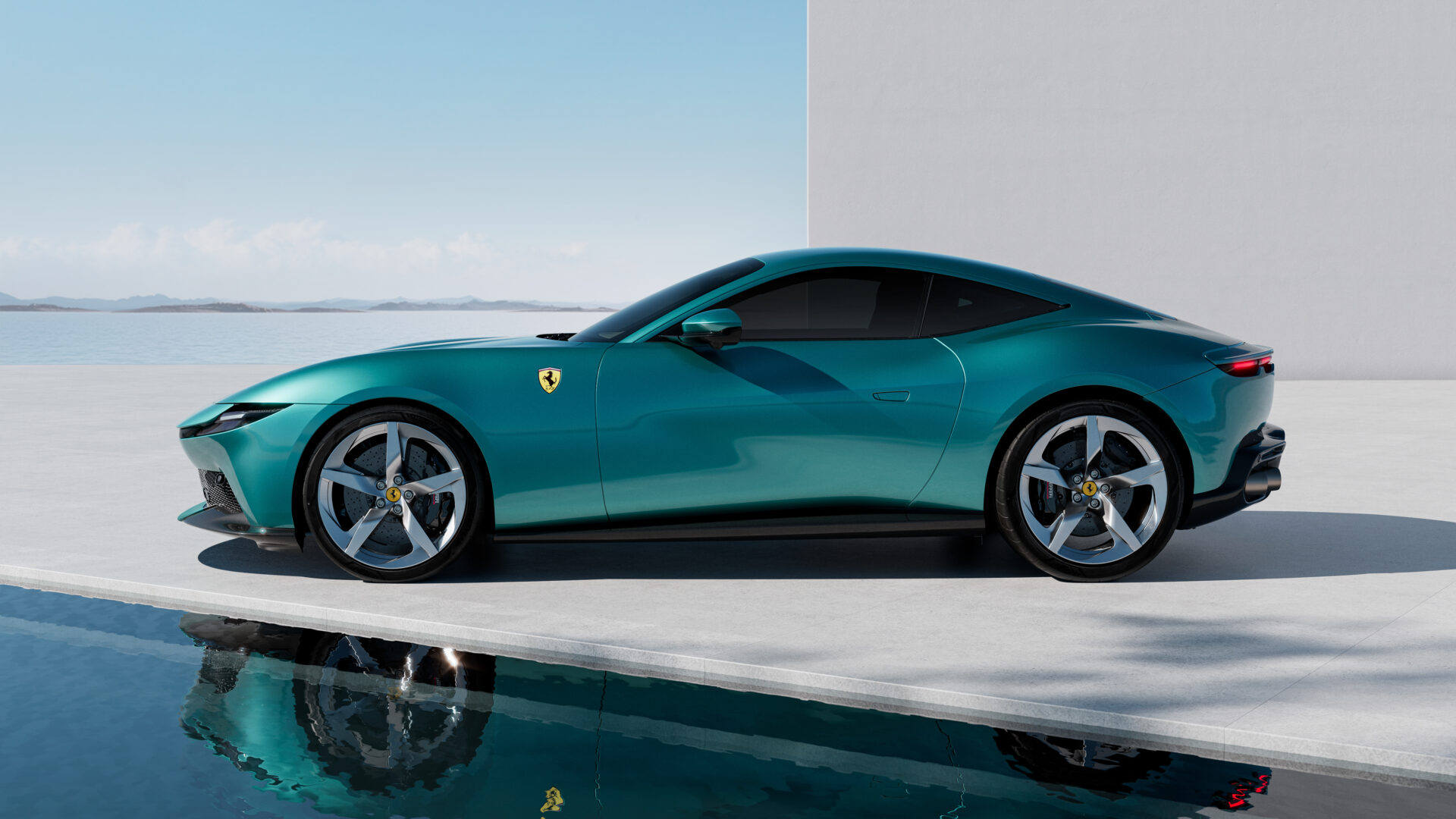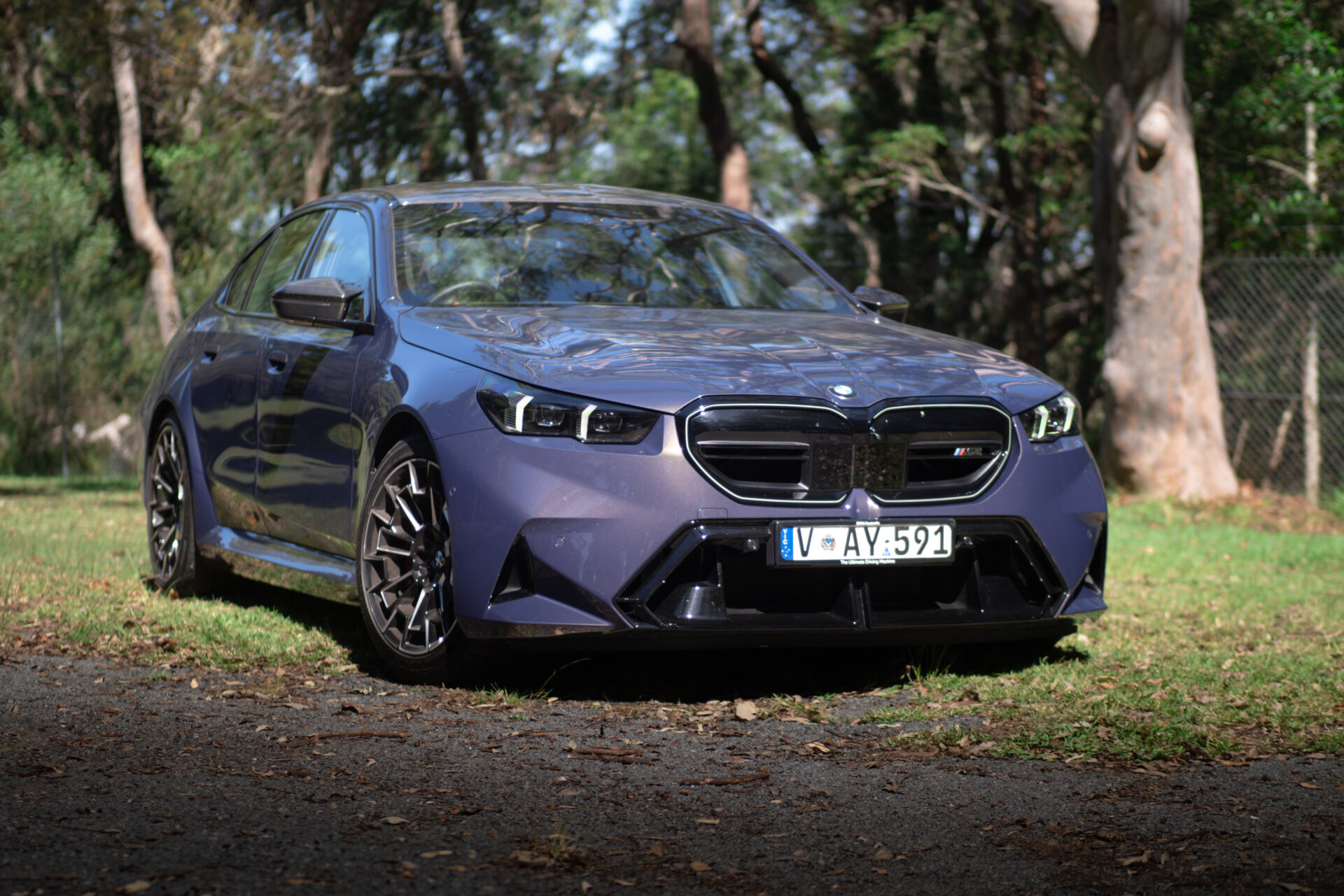The Honda Civic Type R is back. I mean properly back in its pre-millenial completely mad, in-your-face hot hatch form.
Honda used to be cool. I’m talking 1990s Alain Prost and Ayrton Senna duking it out cool. NSX, S2000, Prelude, Civic VTi-R – Hondas were prominent in Gran Turismo and for good reason. VTEC was a towering technological achievement. You could get Hondas with four-wheel steering. The Legend might have been an old man’s car, but it was fairly bristling with gadgets.
And then…it all went dark. Dull. Boring. The mid-2000s saw the Global Financial Crisis eat away at innovation, Honda turning to dullness to see it through. That’s fair enough, really, but the company forgot what Soichiro Honda said.
If Honda does not race, there is no Honda.Soichiro Honda
History
Okay, so Civic Type Rs aren’t racers, but without racy road cars, you don’t look like you race.
EK9 Civic
The first Civic Type R landed on driveways way back in 1997. The EK9 was the basis of first R, with iconic white wheels and huggy red seats. It was front-wheel drive and it was fun.
And a little bit bonkers.
Sporting a B16B from the Integra Type R, the 1.6-litre VTEC mustered 136kW (185PS) at 8200rpm and a piffling 160Nm at a stratospheric 7600rpm. Well, stratospheric for torque.
It was only around for a few years, but a stripped-out Motor Sports special edition with steel wheels and no air-con (or power windows, power steering or radio).
The Spoon Sports N1 racer increased the redline to a barking mad 11,000rpm.
EP3 Civic
Most of us more fondly remember the second R, the one-box block of Civic known as the EP3. Again, most were in the obvious white with red interior and it was this one that really lit the fire.
Made at Honda’s Swindon, UK factory, the EP3 packed a 150kW (200PS) K20A at launch, with a six-speed manual. The EP3 lost the mechanical LSD for the UK market, but the same factory shipped the cars off to Japan with that feature.
Yeah, that is weird. More irritatingly, the JDM model had more power, 158kW (215PS). Few other markets got an official EP3 R and the harder-core JDM model is the most-prized by grey-importers.
Again, Gran Turismo made this car more famous than perhaps could have been expected.
FD2 FN2 Civic
The third Type R again split itself between Europe and Japan, with different codenames – FD2 and FN2. The FD2 Japanese domestic market (JDM) model again scored more power – 165kW (225PS) vs 148kW (201PS). Japanese drivers found their power at 8000rpm whereas Europeans at a more sedate 6100rpm.
If you had a JDM car you also had more torque, again 7800rpm vs 5600rpm – 215 vs 193Nm. Small, but telling differences. This time around the JDM cars came from Honda’s Suzuka plant while the Euro car continued on in Swindon.
Of course, the elephant in the room here is that instead of the three-door hatch, the FD2 sold as a four-door sedan. Hmmm. European buyers scored the wedgy FN2 hatch, a terrific-looking machine that even made its way to Australia and sold as an official Honda, rather than the grey import of previous generations.
After only selling the sedan in Japan, Honda relented and imported the FN2 as the Type R EURO, selling around 2000 units.
The pair died in 2011 due to tightening emissions regulations, particularly in Europe. That high-revving VTEC engine took its last breath. It was a sad moment.
FK2 Civic
After a long, long gap, the FK2 dropped at the 2015 Geneva Motor Show.
Sacrilege – it was a 2.0-litre turbo. The 8000rpm redline? Gone. The weak torque figure? Also gone.
Manufactured solely at Honda’s Swindon, UK, factory, Honda withdrew the Type R from a number of markets, including Australia. The FK2 was only around for a couple of years and polarised opinion.
As always, the anti-turbo brigade decried the engine – a 2.0-litre turbocharged unit developing a huge 228 kW (310 PS) at 6500rpm and a mighty 400Nm from 2500-4500rpm.
The engine, oddly, came from Honda’s Ohio plant before installation in England.
It was fast but it was ugly. It did have a limited-slip diff and a ton of comfort and safety features, but it probably won’t go down as a modern classic. It wasn’t around very long, the fans didn’t like the turbo. It was like the guy who replaced a long-running, much-loved game show host. Just not the same.
FK8 Civic Type R 2018
Let me take you back to the 2016 Paris Motor Show. I was there pounding the halls for carsguide.com.au, manically Instagramming all the new cars. Honda’s stand was a bit weird, a bit half-hearted but it was here the company decided we would first see the new Civic Type R.
The FK8 Civic is not a looker. As is the current trend in Japan, there’s just too much going on. The FN2 had been breathtaking in design and execution but the following FK2 and then the FK8 – not so much.
But the Type R was…well, it was tremendously unattractive. Finished in matt black and presented as a concept, it looked production ready. But covered with aftermarket-style silliness – where’s the real car under all that?
Turns out, that was it. It’s dramatic. And there’s a good reason for that, because the Civic Type R is an all-round dramatic car.
Civic Type R drivetrain



Having softened everyone up in the FK2, the FK8 lands with a 228kW (310PS) engine. If you live in the US or Asia, that is.
If you live in Europe and Japan, you are welcome to more power, the K20C1 tuned for 235kW (320PS). Torque is a colossal 400Nm between 2500 and 4500rpm.
On its way to the road, all that power passes through a six-speed manual gearbox and a helical limited-slip differential.
Civic Type R Chassis
















As with all previous Types R, the FK8 is based on the standard Civic hatch. Blessed with five doors and Honda’s now-trademark cavernous interior, the whole shebang weighs close to 1400kg. An EK9 weighed in at around 1100kg (give or take).
A combination of 20-inch alloys wrapped in Continental SportContact tyres sticks you to the road and manages that stratospheric torque figure with the help of the LSD.
The steering is obviously way faster and the brakes bigger.
Key to the chassis, however, are the dynamic dampers. We’ll talk more about them next…
Driving


Yeeeeeees. I love hot hatches. You’re going to see a whole lot more of them on these pages soon, I guarantee it. I’m pleased that the first hot hatch to hit The Redline (see what I…?) is the Type R because it’s excellent.
I was lucky enough to drive it at the Australian launch over some Targa Tasmania stages as well as Hobart’s Baskerville Raceway. Not long before I had driven the Audi RS3 sedan at the same venue.
The Type R would leave the Audi trailing on the track. The Audi has the power advantage, a faster shifting DSG gearbox (and it sounds better) and is a better road car. For a lot more money.
But on that same track, the Civic is brilliant. Baskerville is tight and twisty, with big elevation changes but the Type R stayed planted and firm the entire time. The Audi’s power-on oversteer was a pain and required a heck of a lot more patience. It meant waiting, waiting, waiting, then go.
What was particularly heartening about the Civic was the way it handled my mistakes – the left-hander at the top of the hill sucks you in to braking too late. Often I did, but on turn-in, instead of ploughing into understeer, the rear would slide and then the front, giving you a controllable bit of four-wheel drift to help you gather it all together.
The key here is the chassis – yeah, a 2.0-litre turbo pumping out improbably amounts of power is a good laugh, but it’s nothing without a decent chassis. The Ford Focus ST is a good laugh partly because it’s so unruly. It hunts every bump and lump in the road and fights you even on a sedate run to the shops.
And that’s where the Civic could have gone completely wrong. Not everyone wants to put up with that anymore. Sure, you and I might but as a whole, our expectations of cars are much higher than even five years ago.
The three modes in the Civic are very different and for the first time, the Type R has a Comfort mode. And it’s good. It works. If you’re on a first date, you won’t look like a total tool in a too-hard hatchback. Well, as long as s/he can ignore the ridiculous looks, anyway.
Sure, it doesn’t ride like its HR-V stablemate, but that car is way too soft.
The engine behaves itself, the moderately loud exhaust quietens down and it becomes a firm hatchback with a ton of potential. It becomes a Civic with a terrific chassis and no CVT.
Dial it back up to R mode and you can have that hair-trigger throttle, giant-killing brakes and the dynamic damping is superb. And that’s where the Civic will keep up with the new Renaultsport Megane and next Focus ST and blats the boring Golf GTi Performance – even the R – into the weeds. As far as fun with security goes, anyway.
Want to know more? Check out the video at the top of the post.





Leave a Reply